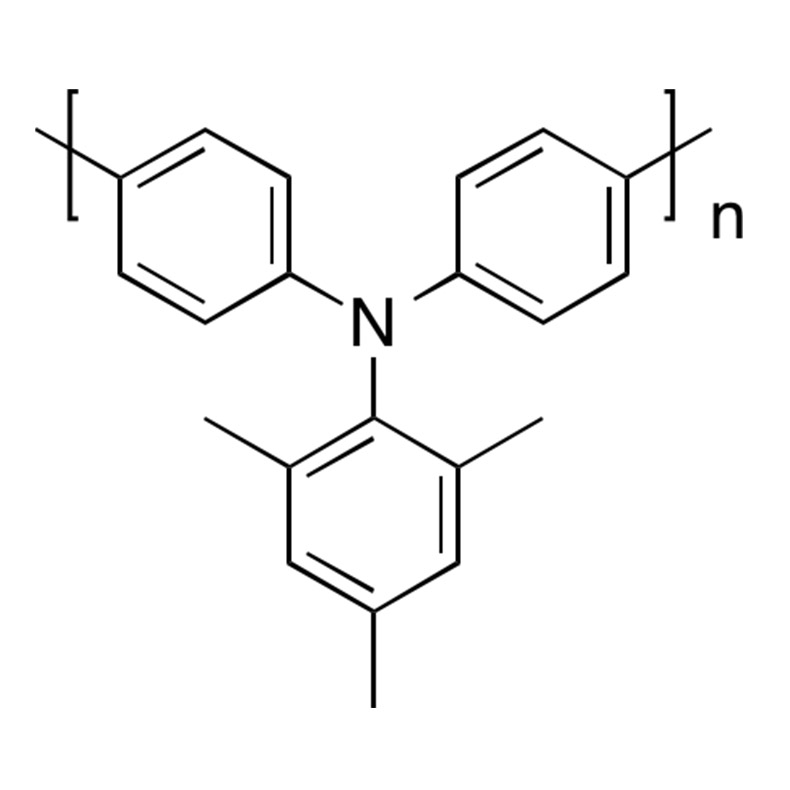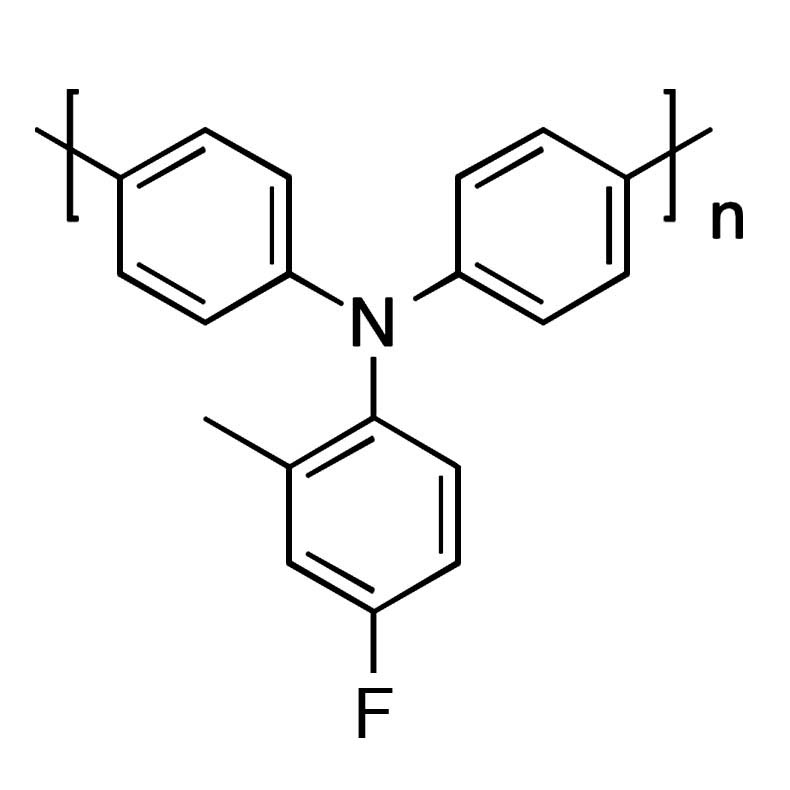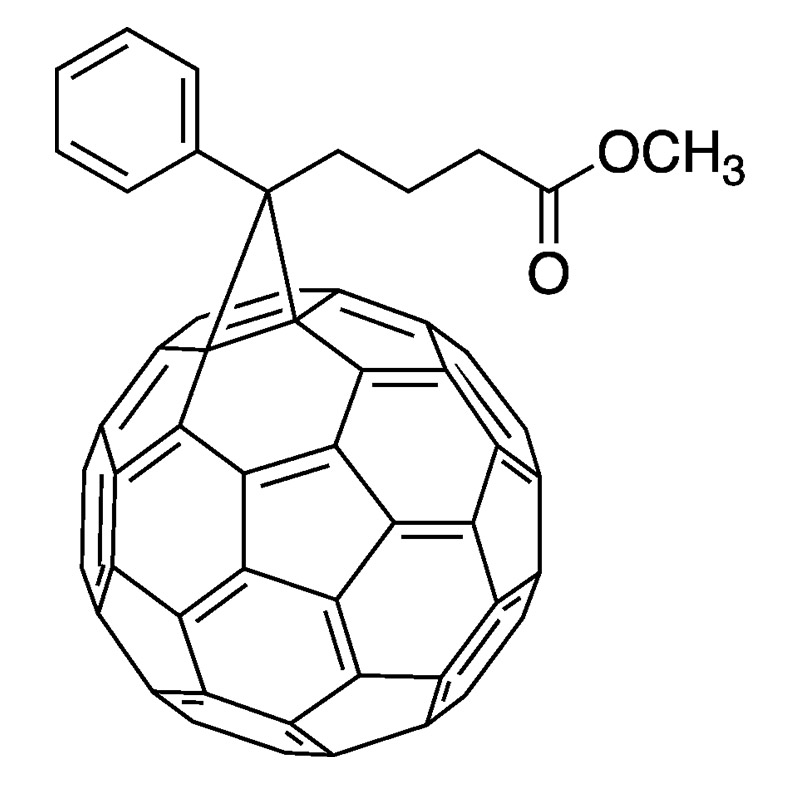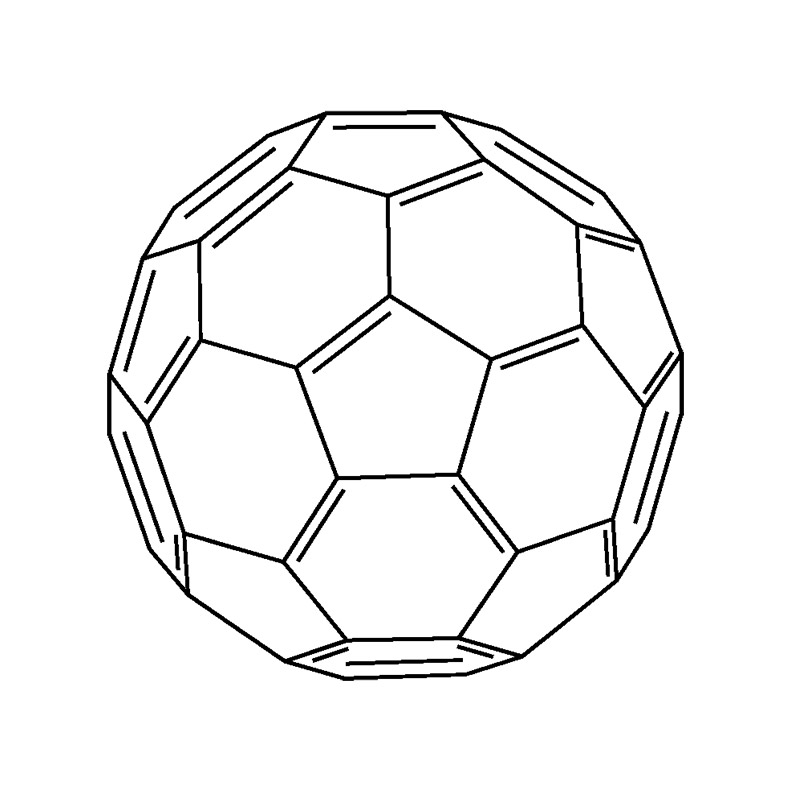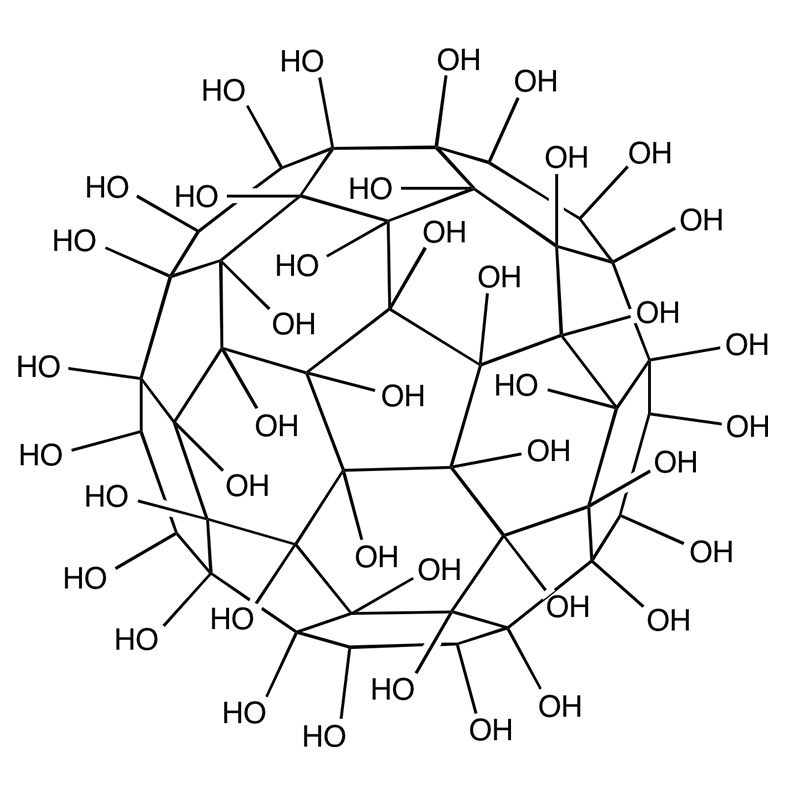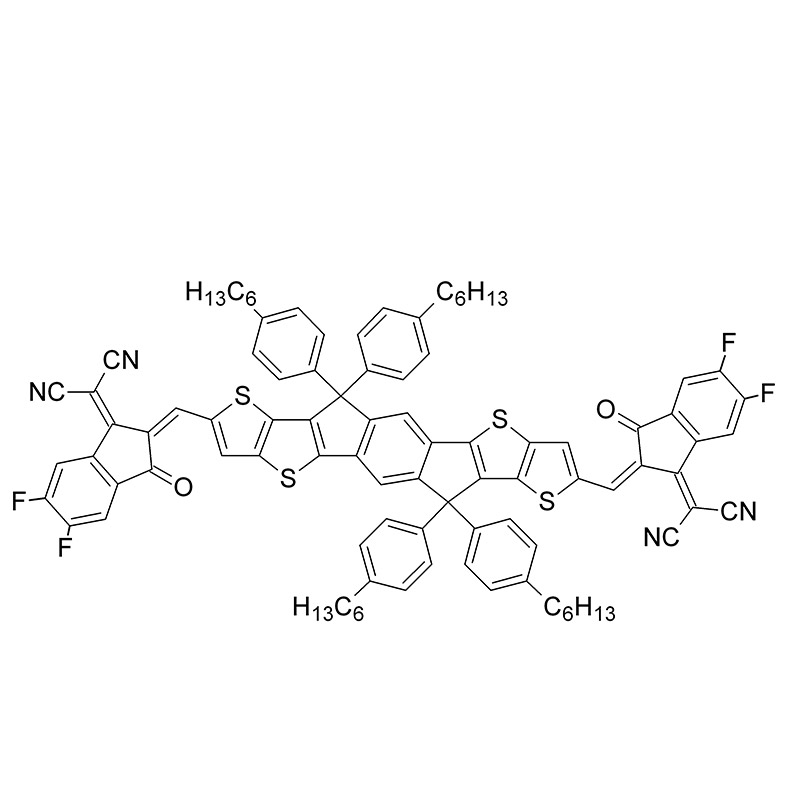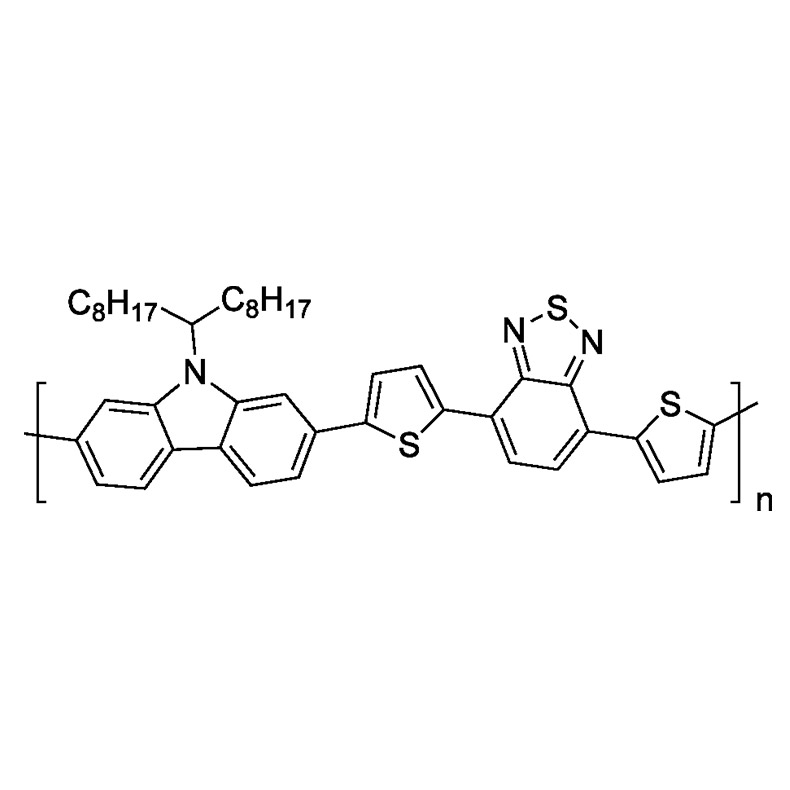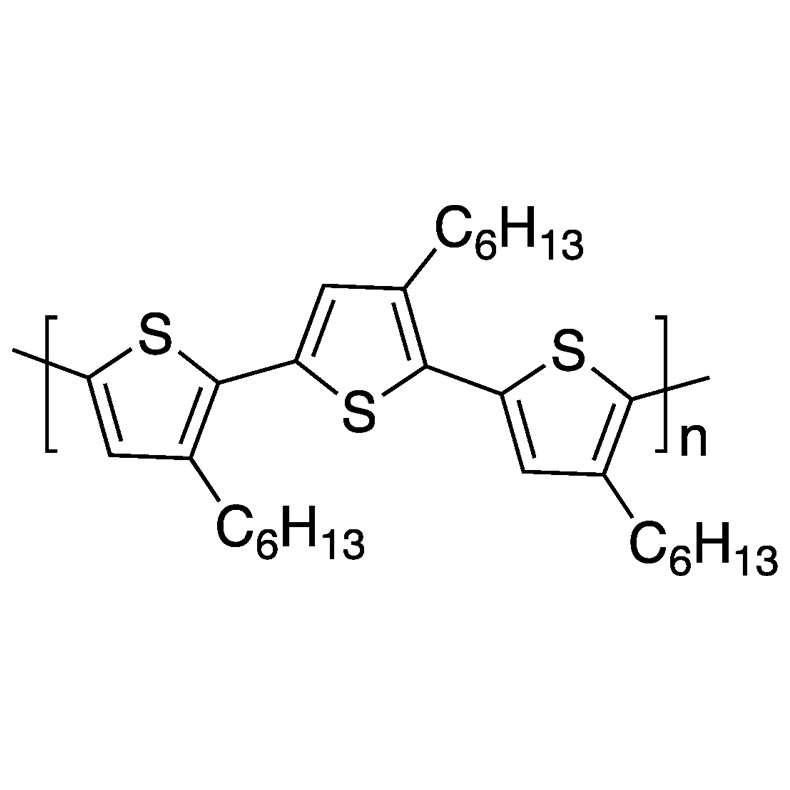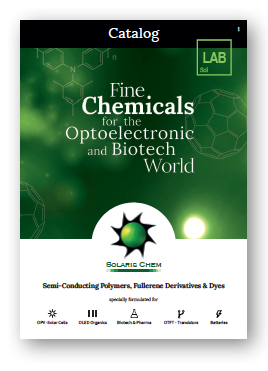PTAA
Description
PTAA. Polymer for optoelectronic applications. Hole transport material for organic light-emitting diodes (OLEDs) and Perovskites. Amorphous p-type polymer semiconductor.
Four grades are available.
Custom Mw and pdi available.
Fluoro-PTAA is also available.
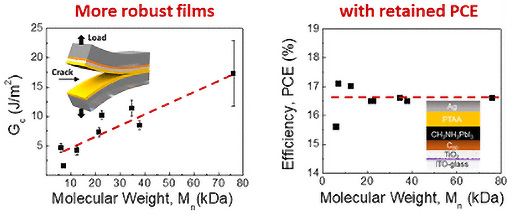
Fluoro-PTAA
Description
Fluoro-PTAA. Polymer for optoelectronic applications. Hole transport material for organic light-emitting diodes (OLEDs) and Perovskites. Amorphous p-type polymer semiconductor.
The use of this polymer can significantly improve the open-circuit voltage (VOC) and the fill factor (FF) of the cells in high-performance perovskite solar cells.
Fluoro-PTAA can be coated as a substrate material used for hole transport in the manufacture of many devices such as perovskite solar cells, organic light-emitting diodes (OLED) and organic field-effect transistors.
Four grades are available.
Custom Mw and pdi available.
PTAA is also available.
PCBM – PC61BM
Description
PCBM is the common abbreviation for the fullerene derivative, [6,6] phenyl-C61-butyric acid methyl ester and is one of the most commonly used electron-accepting materials in organic photovoltaic devices.
It is commonly used in flexible plastic or electronic solar cells in conjunction with an electron donor material such as P3HT (SOL4106), PCDTBT (SOL4280) or PTB7 (SOL4700) to make high Open Circuit Voltage (Voc), high Power Conversion Efficiency (PCE) bulk heterojunction solar cells, >99.9% [6,6] isomerized.
It is a more practical choice for being an electron acceptor when compared to fullerenes due to its solubility in chlorobenzene. This allows for processable donor / acceptor solution mixtures, a necessary property for “printable” solar cells.
References
Fullerene C60
Description
Fullerenes and their derivatives are used in the field of organic photovoltaics (OPV).
Progress has been made in the energy conversion efficiency of the devices and in the development of more stable solar cell architectures.
Fullerenes serve as electron acceptors in almost all high-performance devices.
Great growth is expected in this rapidly advancing technology.
Fullerenol C60
Description
Fullerenes and their derivatives are used in the field of organic photovoltaics (OPV).
Progress has been made in the energy conversion efficiency of the devices and in the development of more stable solar cell architectures.
Fullerenes serve as electron acceptors in almost all high-performance devices.
Great growth is expected in this rapidly advancing technology.
PCDTBT
Description
PCDTBT is a low Bandgap polymer for opto-electronic applications. Can be used as an electron Donor to Acceptor materials such as PC71BM (SOL5071).
References
P3HT
Description
P3HT (Poly(3-hexylthiophene-2,5-diyl)) is used as an electron Donor to acceptor materials such as PCBM (SOL5061) to make proven bench marked bulk heterojunction solar cells and organic transistors.
We offer two types with different regioregularities for a different variety of research purposes.


